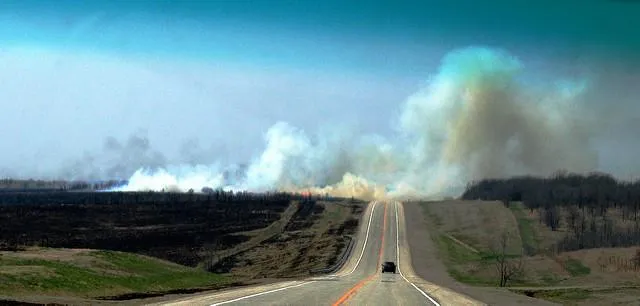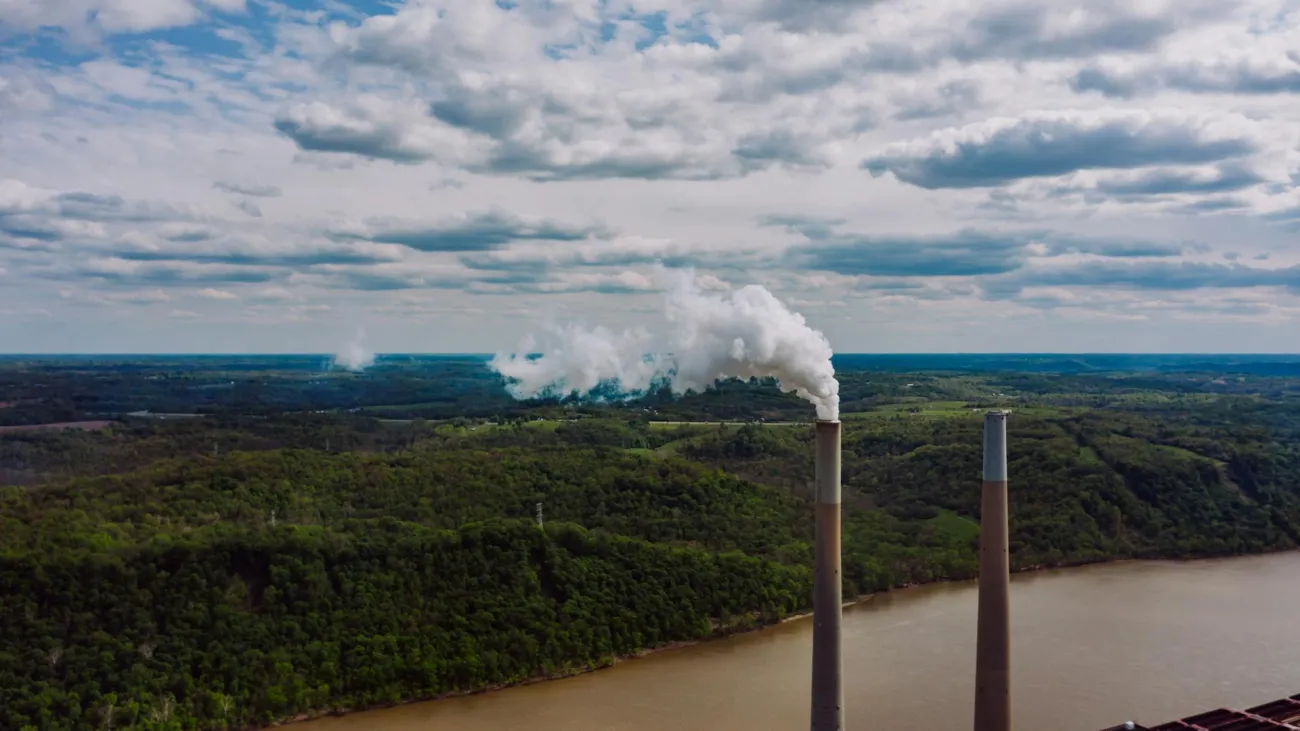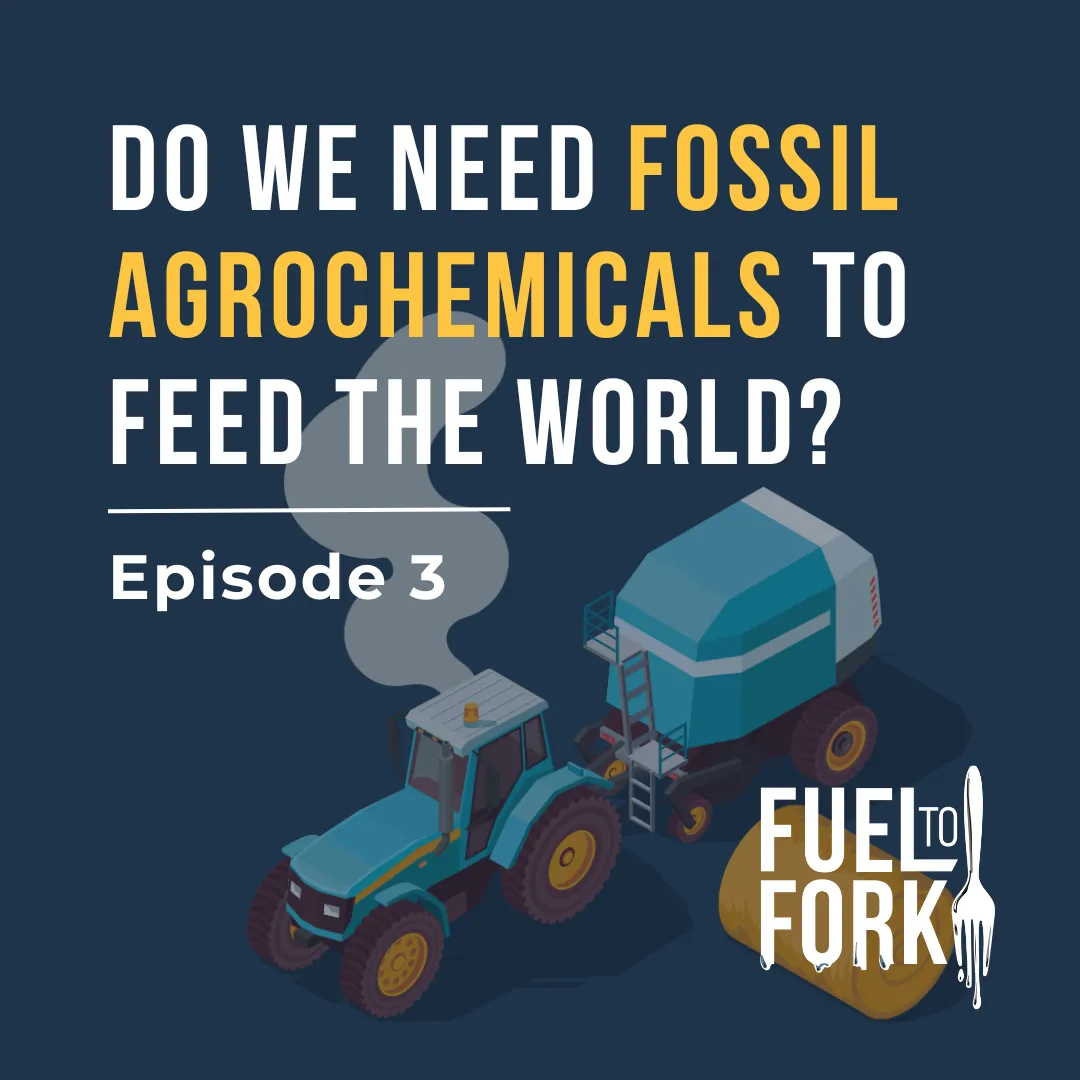Globally, agricultural production and land use change (of which some 90% is driven by agriculture) are responsible for approximately a quarter of global greenhouse gas emissions.

However in recent decades, there has been a substantial decoupling between agricultural production and emissions, such that in 2007, the average carbon footprints per unit of production for crops and livestock, were 39% and 44% lower than in 1970, respectively. This aggregate picture tells us little, however about how trends have varied by region. This study increases the resolution of our knowledge about trends in greenhouse gas emissions associated with agricultural production, by calculating and analysing past trends from agricultural production in nine different world regions between 1970 and 2007.
The study deconstructs emission the mix of multiple sources of GHGs into attributable elements for each of 9 regions: Central and Eastern Asia; Central and South America; Eastern Europe and Russia; Europe (excluding former Soviet countries); Middle-East and Northern Africa; North America; Oceania; South and South-East Asia; and Sub-Saharan Africa. To do so, the study uses the recently proposed Kaya-Porter Identity, building on the well known Kaya Identity (shown below) which shows the principle variables which determine emissions from the global economy: the emissions intensity of energy used; the energy intensity of the economy; per capita economic activity; and population.

The Kaya-Porter Identity applies this approach of deconstructing total emissions into component variables, to agricultural greenhouse gas emissions from crop and livestock production, as illustrated in a simplified form below for crops (for a full explanation, see the papers linked to below).
- The GHG intensity of the energy used for production (kg CO2-eq./MJ);
- Energy intensity of the production (MJ kg-1 dry matter);
- Areal productivity (kg dry matter ha-1); and
- Area (ha)
- Areal non-CO2 GHG emissions (CO2-eq. ha-1)

In addition to direct emissions from agricultural activity, the calculations also include emissions from land use change and from energy use related to fertilizer production, transport, and infrastructure. The results show vast regional differences in both production levels and in emissions.
For example, since 1970, developed regions (Europe, North America, and Oceania) have:
- reduced their agricultural area by 118 million ha (10%); while
- almost doubling crop production (6.54 to 11.76 EJ yr-1); and
- increasing livestock production by almost 50% (1.14 to 1.68 EJ); all while
- reducing total emissions by 7% (1.56 to 1.46 Pg CO2-eq. Yr-1).
In contrast, developing countries have:
- Increased their agricultural area by 447 million ha (13%); while
- Doubling crop production (17.9 to 37.71 EJ yr-1); and
- Almost tripling livestock production (1.18 to 3.36 EJ yr-1); all while
- Increasing total emissions by 34% (7.85 to 10.53 Pg CO2-eq. yr-1).
The paper also goes into greater detail for each region describing and commenting on trends in greenhouse gas emissions from different sources; as well as changes in the emission intensity of production, in terms of energy, land use, and direct emissions, per unit of crop, livestock and area. A significant factor, not shown in the figures above is the displacement of emissions from developed to developing regions via indirect land use change. This is especially the case for Central and South America which supplies feed to support the European livestock sector; according to the study, in 2007, these imports accounted for 30% of Europe’s fodder.
Ultimately the authors conclude that to reduce agricultural greenhouse gas emissions, further intensification is necessary, but highlight that with intensification, can come many undesirable environmental impacts, such as soil degradation, eutrophication, chemical pollution, and loss of biodiversity. Consequently, future intensification needs to be achieved through mechanisms that do not compromise the overall sustainability of agricultural systems.
Abstract
Since 1970, global agricultural production has more than doubled with agriculture and land-use change now responsible for ~1/4 of greenhouse gas emissions from human activities. Yet, while greenhouse gas (GHG) emissions per unit of agricultural product have been reduced at a global level, trends in world regions have been quantified less thoroughly. The KPI (Kaya-Porter Identity) is a novel framework for analysing trends in agricultural production and land-use change and related GHG emissions. We apply this to assess trends and differences in nine world regions over the period 1970–2007. We use a deconstructed analysis of emissions from the mix of multiple sources, and show how each is changing in terms of absolute emissions on a per area and per produced unit basis, and how the change of emissions from each source contributes to the change in total emissions over time. The doubling of global agricultural production has mainly been delivered by developing and transitional countries, and this has been mirrored by increased GHG emissions. The decoupling of emissions from production shows vast regional differences. Our estimates show that emissions per unit crop (as kg CO2-equivalents per Giga Joule crop product), in Oceania, have been reduced by 94% from 1093 to 69; in Central & South America by 57% from 849 to 362; in sub-Saharan Africa by 27% from 421 to 309, and in Europe by 56% from 86 to 38. Emissions per unit livestock (as kg CO2-eq. GJ-1 livestock product) have reduced; in sub-Saharan Africa by 24% from 6001 to 4580; in Central & South America by 61% from 3742 to 1448; in Central & Eastern Asia by 82% from 3,205 to 591, and; in North America by 28% from 878 to 632. In general, intensive and industrialised systems show the lowest emissions per unit of agricultural production
Citation
Bennetzen, E.H., Smith, P. and Porter, J.R. (2016). Agricultural production and greenhouse gas emissions from world regions—The major trends over 40 years. Global Environmental Change, 37, pp.43-55.
Read the full paper here (paywall). For more information on the Kaya-Porter Identity the companion paper to this study on the decoupling of greenhouse gases from agricultural production here (paywall).
You can read related research by browsing the following categories of our research library: Primary production: agriculture; Climate change: Mitigation; Agricultural and aquatic systems; Global; Environmental input-output analysis
And through the keyword categories: Consumption & production trends; GHG emissions trends; Growth/decoupling




Comments (0)